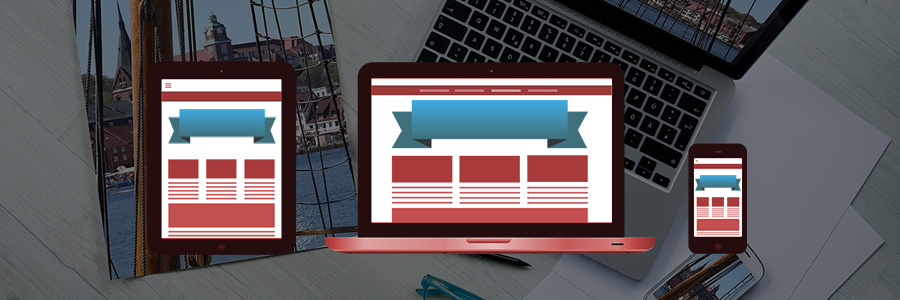How DAMs Differentiate: Why Vendors Must Embrace Integrated Creative Tools

My colleague and DAM veteran Ralph Windsor has recently published an article for Digital Asset Management tool vendor Santa Cruz Software. Entitled ‘How DAMs Differentiate: Why Vendors Must Embrace Integrated Creative Tools‘, the article takes a look at the history, challenges and complexities of creative tool provision within DAM. Examples of such implementations include the ability to perform common tasks such as image cropping, resizing, editing or reformatting brand and marketing collateral for multichannel distribution.
Ralph maps the evolution and subsequent convergence of DAM and creative tools from its lowly beginnings as a web-based method to convert physical print media to screen-based digital formats. Later developments saw DAM vendors attempting to build in-house custom print templating features before realising it was easier to outsource such tasks to dedicated tool vendors.
“While print is quite a specialised case (and arguably more of a declining market these days), the rise of digital media has become even more important. The theme is a familiar one and it follows the convergence trend referred to earlier. Rather than rely on specialist tools, dedicated departments or third party suppliers, DAM users want to be able to offer their organisations the facilities to create custom digital media themselves. Further, they want the assurance that what results will adhere to brand guidelines.” [Read More]
Moving forward to the current demands of the modern Digital Asset Supply Chain, the article highlights a growing need for DAM users to be able to create and modify custom digital media from within their DAM software, whilst adhering to brand guidelines, all without having to switch applications or wait for busy creative departments to pick up the job.
One of the top priorities on the campaign and marketing wishlist is the ability to modify banners and marketing material for websites and social media such as Facebook, Instagram, X and LinkedIn. Once you tally up all the individual banner formats, specifications and dimensions for each of the common channels, platforms and devices (desktop, tablet, mobile), the need for a semi-automated method to generate, modify and render these digital assets becomes obvious, as Ralph explains:
“This is hugely time consuming for creative production personnel. Setting aside variations like language, images etc. simply re-sizing banners presents more problems than might be expected. Changing dimensions may not simply be a case of specifying the required pixel dimensions (a task which can usually be carried out in a DAM). If the banner sizing is completely different than the current source artwork (e.g. rectangular to square) then changing the dimensions alone won’t work and the banner will require re-designing, whilst preserving the copy and design/brand objectives of the original. ” [Read More]
The article continues by examining the scale of the issue – according to a recent survey by Santa Cruz Software, at least 85% of designers face issues with re-sizing banners.
“Astute readers will notice a common theme from my earlier analysis of the supply chain convergence trends taking place in the DAM market. Once again, there is a need to replace creative tools with automated equivalents that can be operated by staff who might not necessarily have the skills required to produce derivative banners in different sizes.” [Read More]
Ralph notes that a certain degree of discretion or intelligence is required in order to make judicial and appropriate decisions about modifying graphic elements. One such potential solution is the use of artificial intelligence to learn and make design decisions based on a large dataset of previous production tasks. However, there may still be shortcomings with this approach and tool vendors will need to strike a balance between automated integrations, AI assistance, and manual intervention by a human.
“An opinion that has been advanced is that a dedicated tool for digital advertising production (such as banners) will not be necessary because end-users will simply be able to issue prompts to get AI to automatically render them. Superficially, this appears to be a reasonable assumption. The problem with the prompt-oriented method of generating media is that it lacks precision when it comes to fine-tuning and making changes.” [Read More]
The article concludes that although it’s a fairly niche area of functionality, the proliferation of such tools is inevitable and DAM vendors will ultimately need to adopt them in order to remain competitive.
You can read the full article at the link below:
Share this Article:
